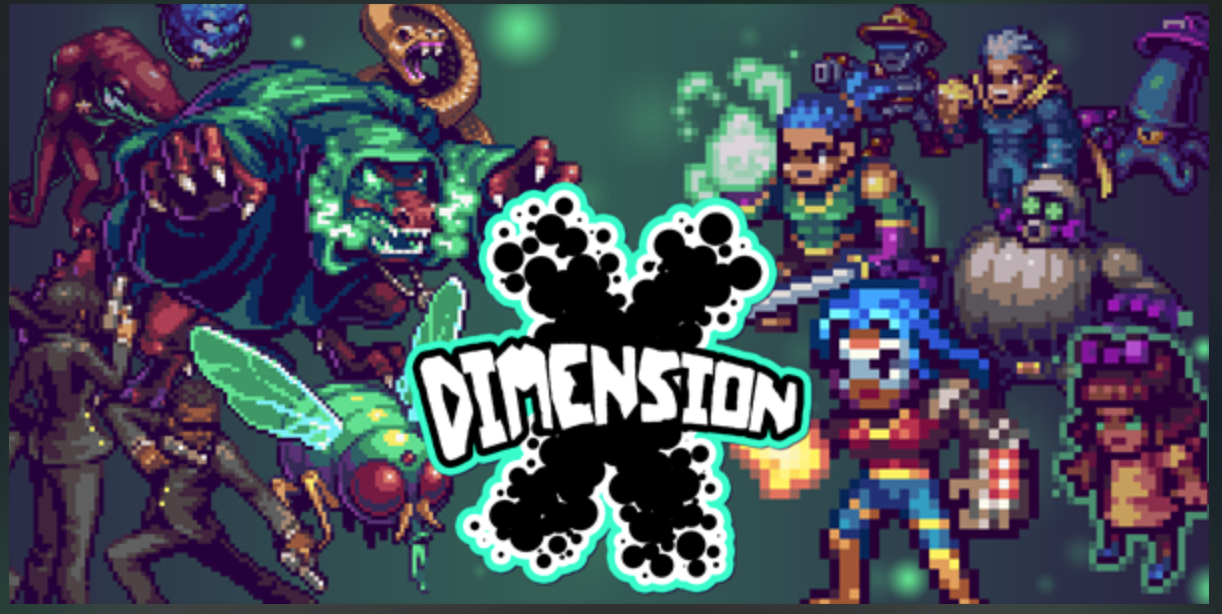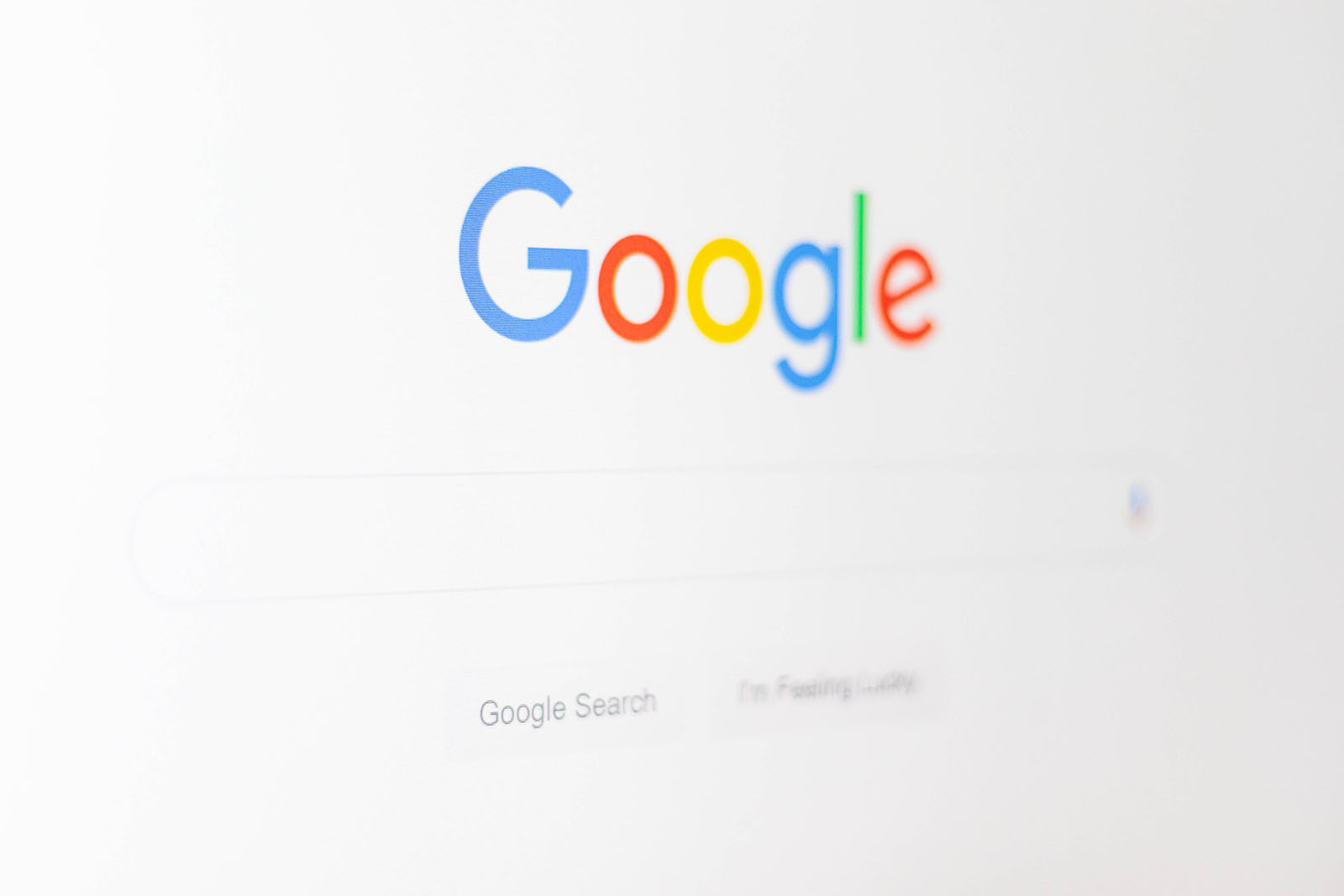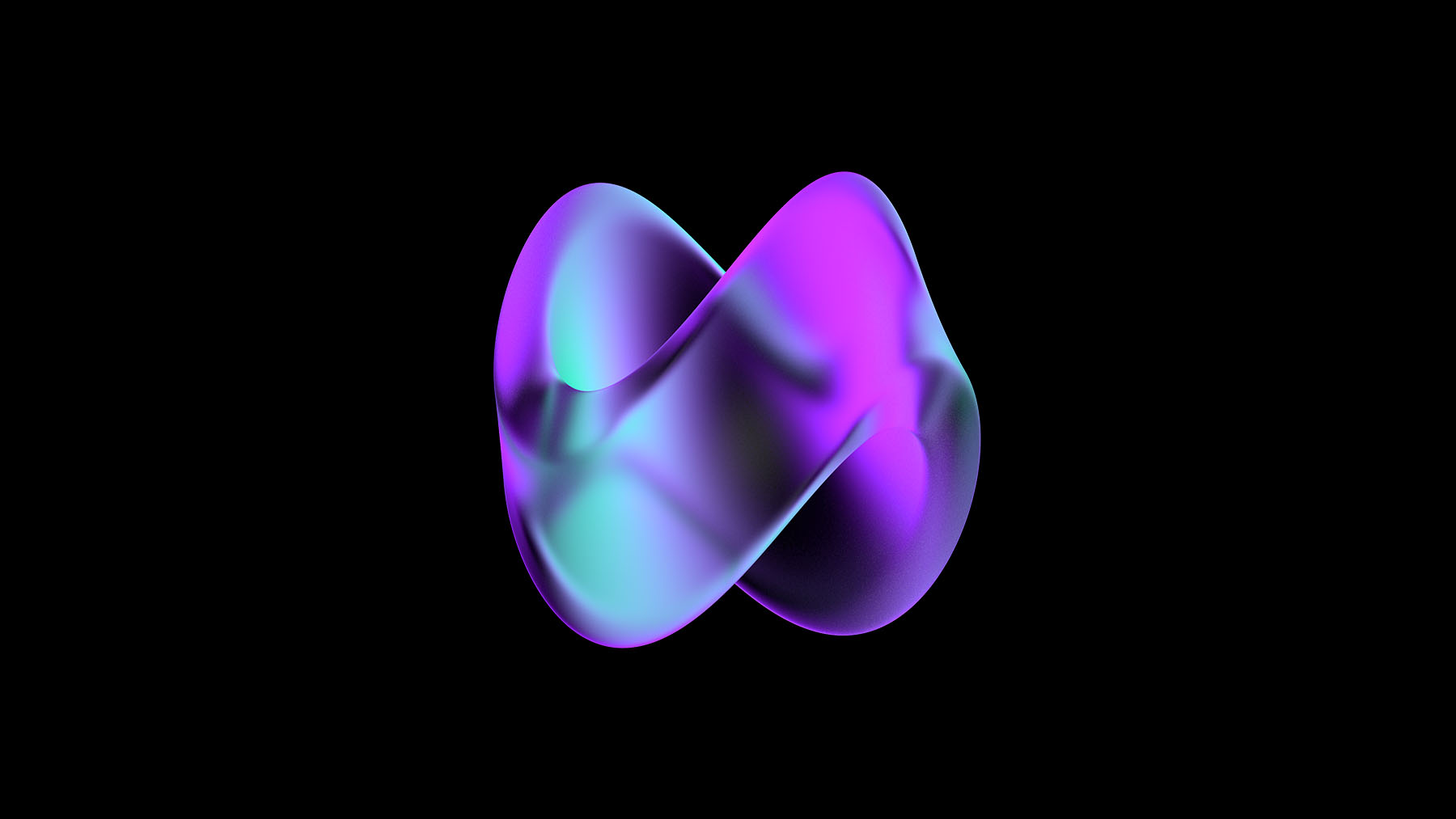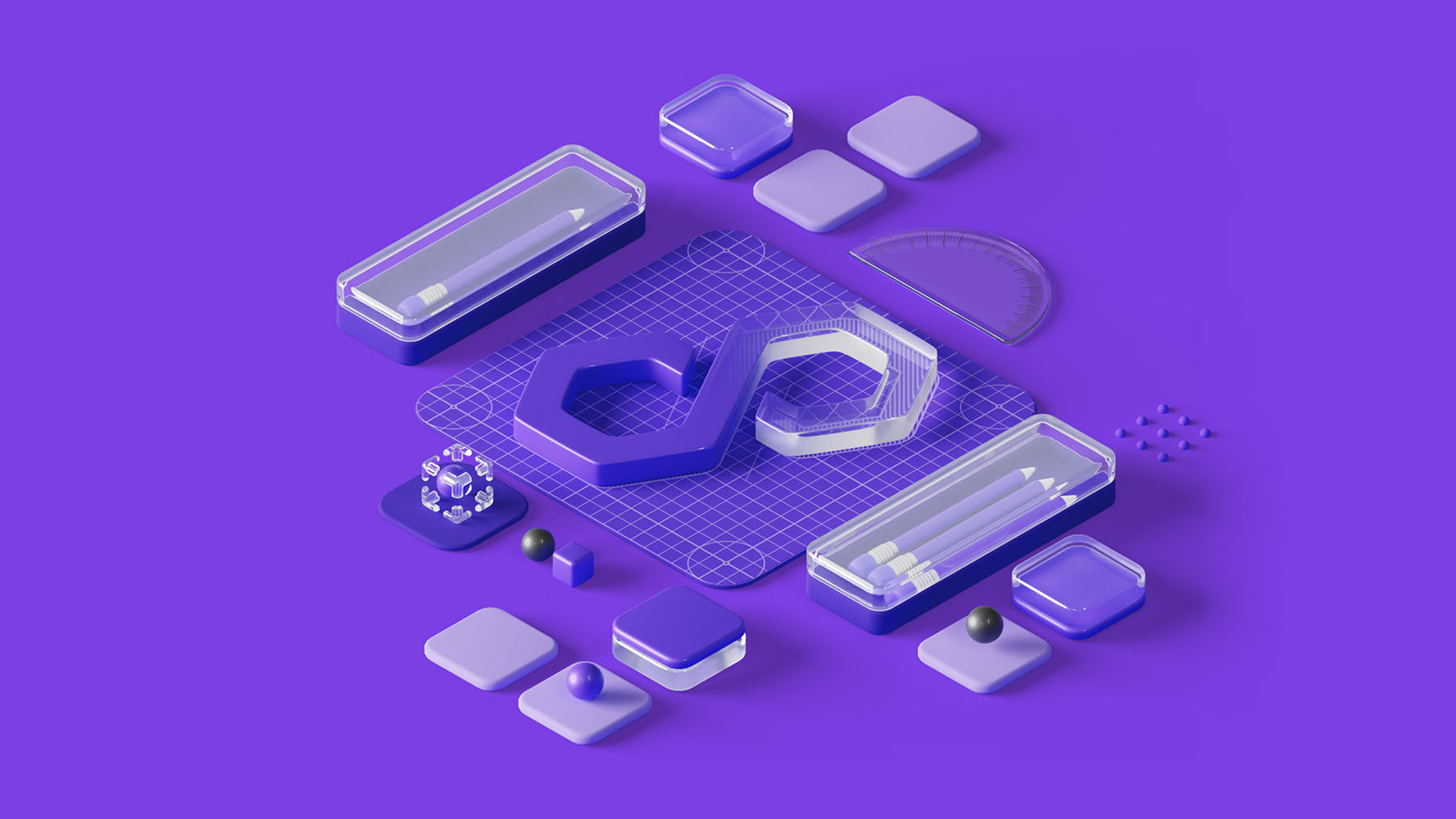What is an NFT?
The acronym NFT is shorthand for Non-Fungible Token. Based on blockchain technology, NFTs make provable ownership of digital assets possible. It is important to note that an NFT is not a JPEG or any other common media type. Instead, an NFT is simply one of several different types of tokens that can live on a blockchain like Ethereum, Polygon, Tezos, Flow, or Solana. This distinction as a blockchain token is critical to understanding what makes NFTs provably unique, ownable, and (potentially) valuable.
WTH does ‘fungible’ mean?
Before we dive deeply into what exactly NFTs are, we will first explore the three main aspects of fungibility which are known as fungible, non-fungible, and semi-fungible.
“Fungible” means that one thing may be directly exchanged for another with no loss of value. For example, a bitcoin is fungible as one may be traded for another and you will have the exact same thing. On the other hand “non-funglible” means that something is unique and can not be directly replaced with something else. A concert ticket or singular piece of art are examples of non-fungible items because they do not have an identical equivalent. As you may have guessed, “Semi-fungible” (also known as fungibility-agnostic) assets exist somewhere in between fungible and non-fungible assets. Semi-fungible tokens are outside the scope of this brief beginners guide.
Blockchain based tokens
Think of a non-fungible token like a sheet of paper. That piece of paper could be used to show a short story, a musical score, or a drawing. In the case of a musical score, the paper itself is not a song but is simply used to store and show the notes. If you hand the piece of paper to someone else, they then hold it and you do not. Similarly, a non-fungible token is not a JPEG, but can be used to point to a JPEG, PDF, MP3, or other media and data. And if you send an NFT to someone else, they then hold it and you no longer do.
Using a blockchain explorer, you can view the smart contract that created the NFT, as well as all transactions of the token. Every smart contract has a unique address. Even if two identical contracts are created, where the code inside is the same, each will have a unique address on the blockchain. For example, our Sentient Labs MultiPass contract can be found on Polyscan (the Polygon block explorer) at https://polygonscan.com/address/0x28dcb576144863dd7227895663f6bebffdce29fe. The long string of characters at the end of the address, beginning with 0x28dcb, is the unique contract address that no other NFT collection on the Polygon blockchain can ever have.
Can’t I just right-click and save NFTs?
While people have copied JPEGs associated with an NFT collection for use as a profile picture, as part of a scam collection, or just to show they could, the actual blockchain token that proves creation and ownership cannot be copied or forged. Right-clicking and saving a picture of Bored Ape, CryptoPunk, or MoonCat might make someone feel like they own it. However, they do not own the original in the same way that taking a photo of the Mona Lisa off the internet does not mean that you own the actual original painting. Because you can’t copy and paste a blockchain token, the prevalent ‘right-click and save’ argument invalid.
Are NFTs truly unique?
A non-fungible token is provably unique. However, it is worth noting that there are several kinds of blockchain tokens that are broadly referred to as “NFTs” but not all of them are truly non-fungible. True NFTs typically use the ERC721 standard which developed to represent ownership of tokens, where each token is unique. The two other main standards you may hear referenced are ERC20 and ERC1155. ERC20 tokens are used for fungible assets like cryptocurrencies. ERC1155 tokens are used for semi-fungible (or fungibility-agnostic) tokens like game assets where multiples of the same kind of item might exist.
Scammers have stollen the artwork from popular NFT collections and then attached them to a new fake collection. However, they aren’t able to make an exact copy of the token’s contract address. The ability to check the provenance of an NFT collection using the unique token address is a key component used to separate the original from fake items.
Where do NFTs live?
The token part of an NFT resides solely on a blockchain. They do not sit in your wallet or on a marketplace. A blockchain transaction links an NFT to a wallet address. Sometimes when people ask where an NFT lives, what they are really asking is, where does the media file I bought live? The media attached to a non-fungible token can exist on-chain, on a traditional website host, in the cloud, or in a decentralized file storage system like IPFS. Because IPFS is a distributed and decentralized file storage system, as long as a single IPFS node exists the whole system stays live. As a result IPFS is considered the gold-standard and is the most trusted and time-proof way of storing assets related to an NFT.
How do I buy an NFT?
You might purchase an NFT through a mint sale event, through an established marketplace, or over-the-counter (OTC) directly from another person. There are specific risks associated with each of these methods. Because blockchain transactions are irreversible, OTC and mint sales tend to have a lot more built-in risks than marketplace purchases.
It is not recommended for new users to engage with OTC sales due to the high number of scams that leverage direct sales tactics over Discord, Twitter, and Instagram direct messages. marketplaces offer a degree of safety to ensure that both parties involved in a sale are acting in good faith and follow through.
Where can I buy an NFTs?
There are a variety of marketplaces where you can buy existing NFTs. The one you choose will depend heavily on which blockchain the NFT you are interested in lives on. The big players are OpenSea, Rarible, LooksRare, NBA Top Shot, fxhash, and Coinbase NFT.
OpenSea, Rarible, LooksRare, and Coinbase NFT predominantly are used for Ethereum based NFTs. As of the writing of this article OpenSea also supports Polygon, Klaytn, and Solana NFTs and Rarible also supports Flow, Polygon, Tezos, and Solana NFTs. The NBA Top Shot marketplace is used exclusively for trading Top Shot moments which are based on the Flow blockchain. And the fxhash marketplace is focused on Tezos NFTs.



